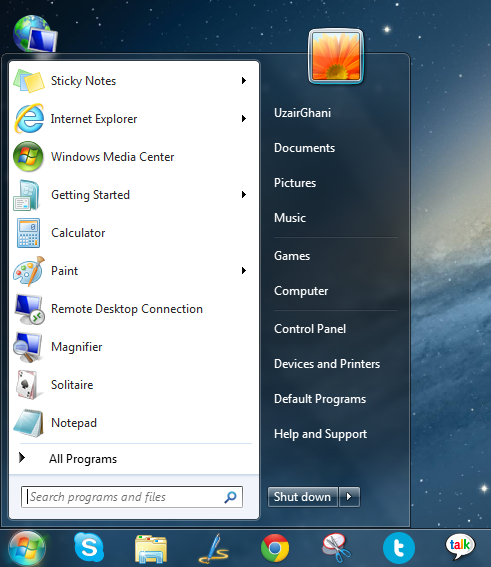It doesn’t matter which company we are talking about, or what software or hardware they are intending to release, there is always going to be something which users will never like. In this instance, Microsoft is a company involved, and the product is the rather beautiful looking Windows 8. A few feathers were ruffled and noses disjointed when the Redmond company took the decision to remove the Start button from the Consumer Preview of Windows 8.
The ever present interface element has been a staple part of Windows since the late 1980s, so obviously, removing something that users have been accustomed to and dependent on is likely to raise a few eyebrows. For a lot of Windows users, the Start button represented the main navigation element of the OS, with installed programs, system settings and Explorer windows all being readily available in one handy menu, invoked through a simple click.

With Windows 8, the legend of the Start button ends, but before we go lambasting Microsoft for removing it, it is worth noting that decisions like these are very rarely taken without probable and good cause and it would seem that Microsoft have taken a lot of things into account to reach this final conclusion. Chaitanya Sareen of Microsoft has spoken out about the subject and made reference to the fact that the company have been noticing user trends since the release of Windows 7, pointing to the fact that users are making much greater use of the task bar and are using it heavily to pin their apps on it for quicker access.
With a host of samples collected from the Customer Experience Improvement Program, statistics painted an interesting picture that showed that the Start button usage was dwindling, representing a perfect time for Microsoft to explore other options that will allow them to "unlock a whole new set of scenarios". One of the other factors which led to this decision is the trending data that points to users opting to invoke applications and programs through the use of keyboard shortcuts, rather than wanting to take the time to navigate through the Start menu options and find what they want.

So there we have it, an explanation right from the horse’s mouth about why Windows 8 will break tradition and move away from the Start menu. In modern day computing, users tend to look forward to an experience that is fast and productive with pinned applications, keyboard shortcuts and populated task bars.
(via PCPro)
You can follow us on Twitter, add us to your circle on Google+ or like our Facebook page to keep yourself updated on all the latest from Microsoft, Google, Apple and the web.

